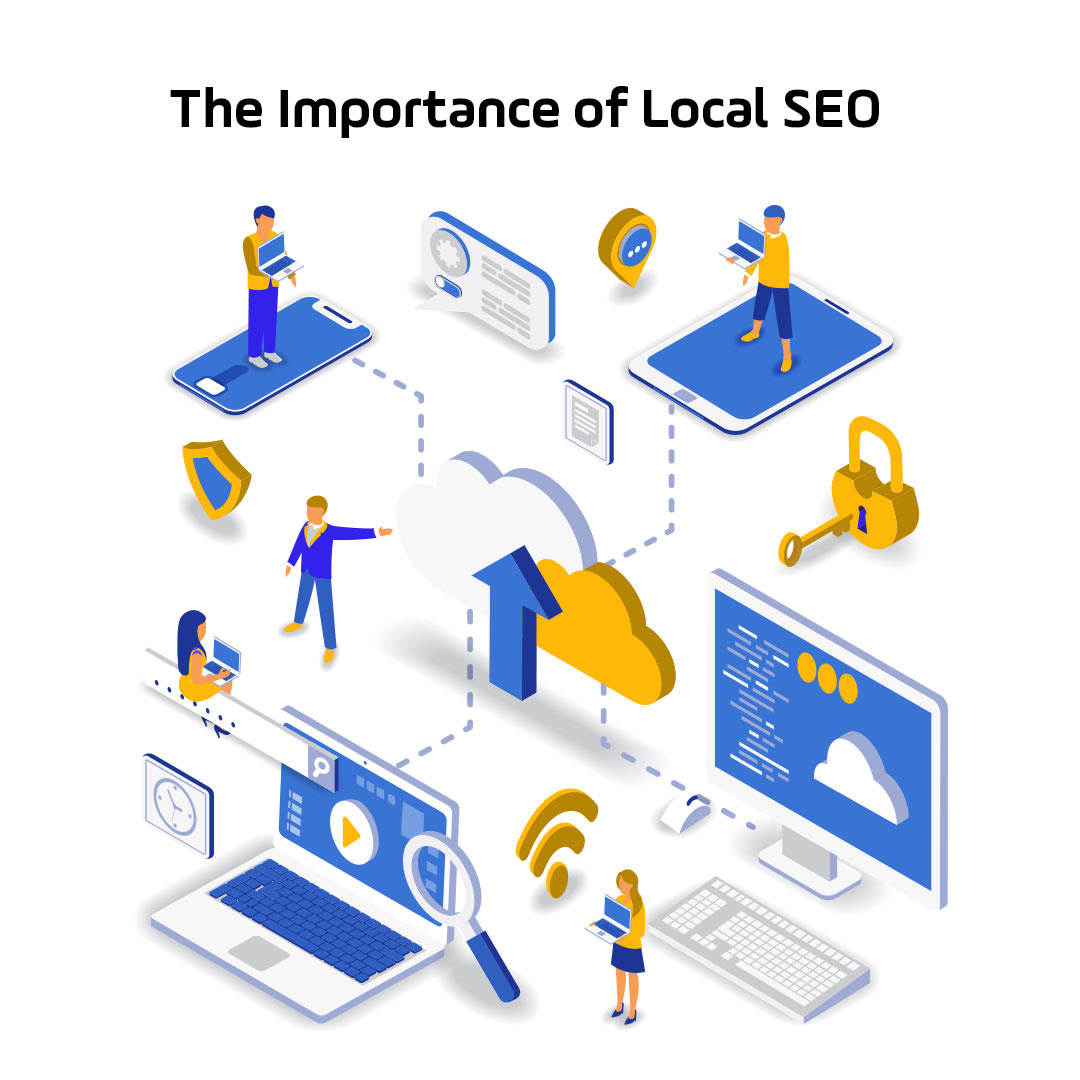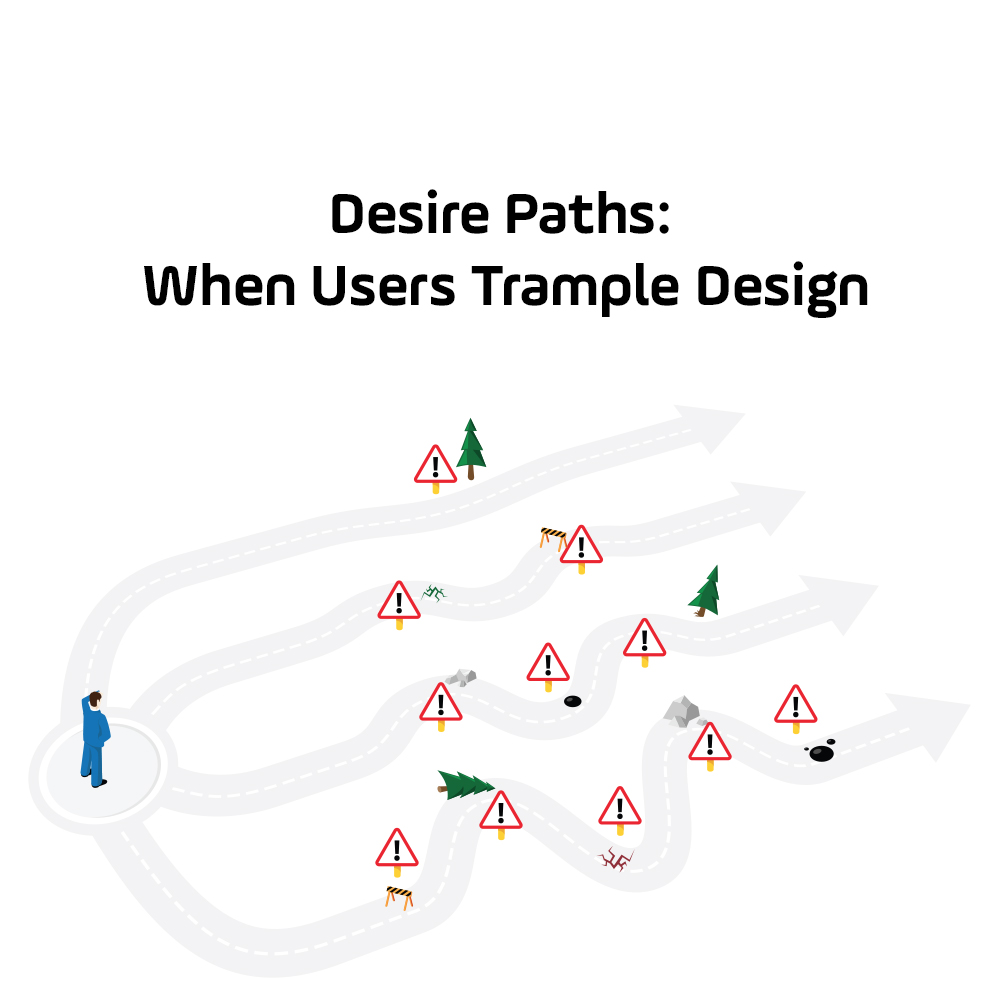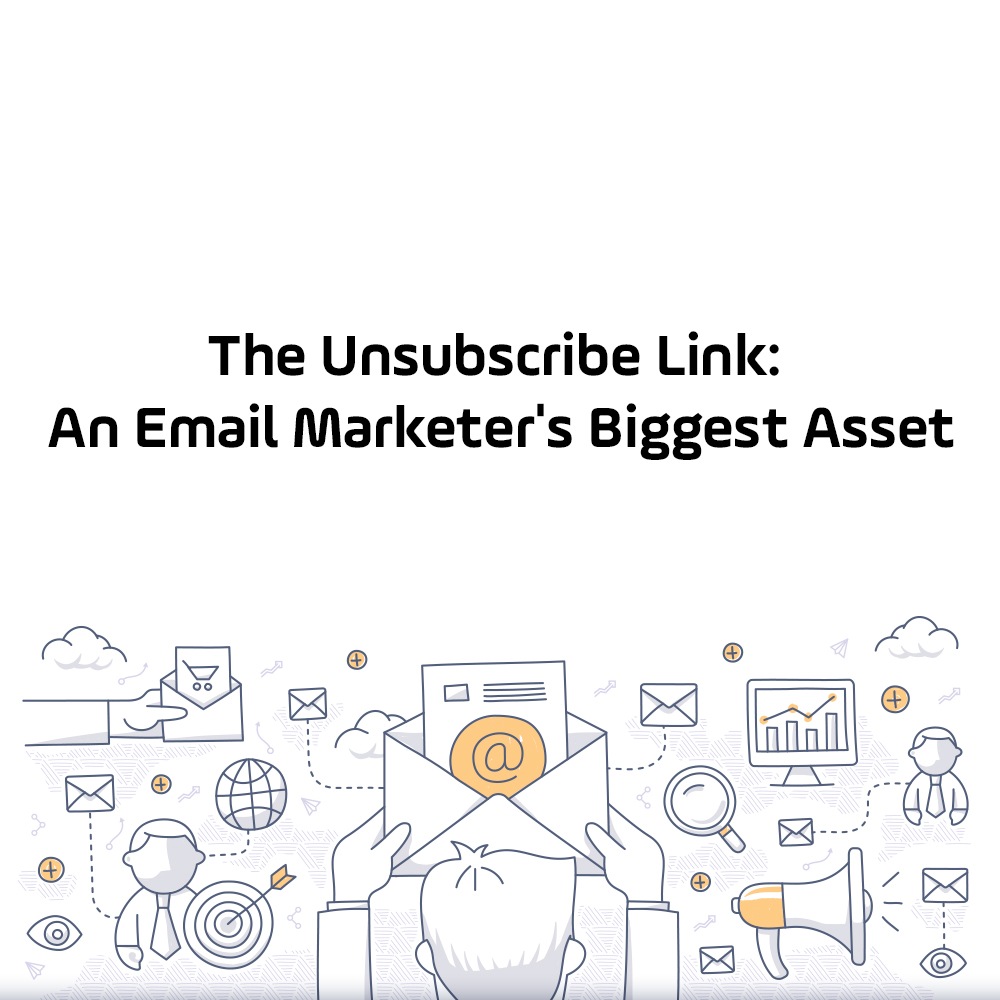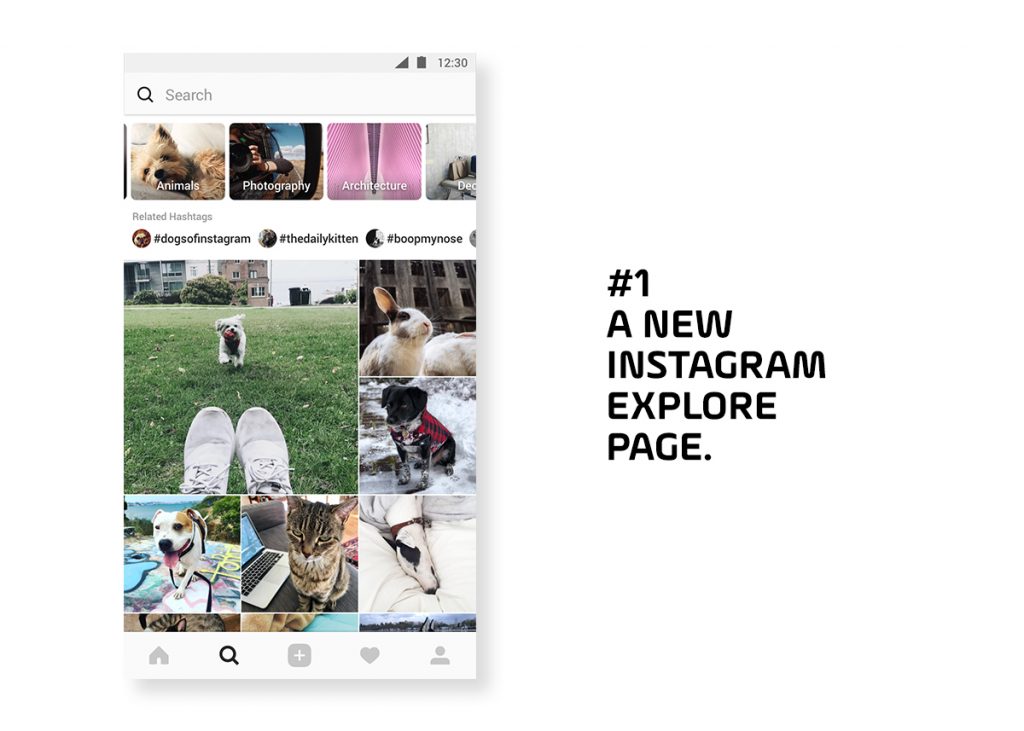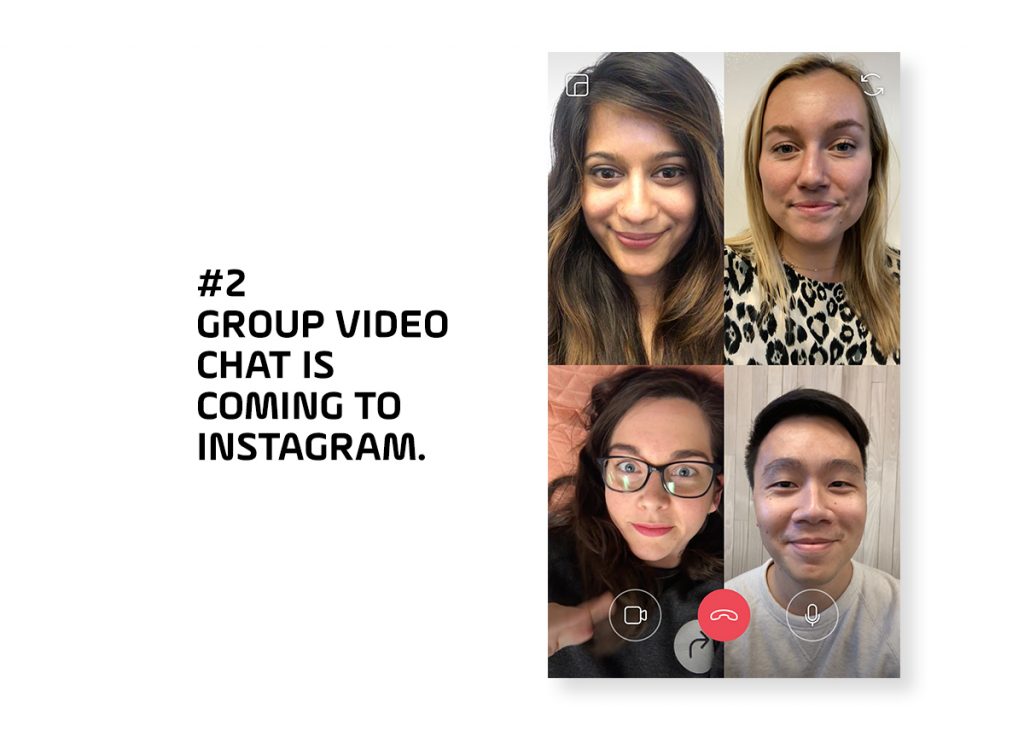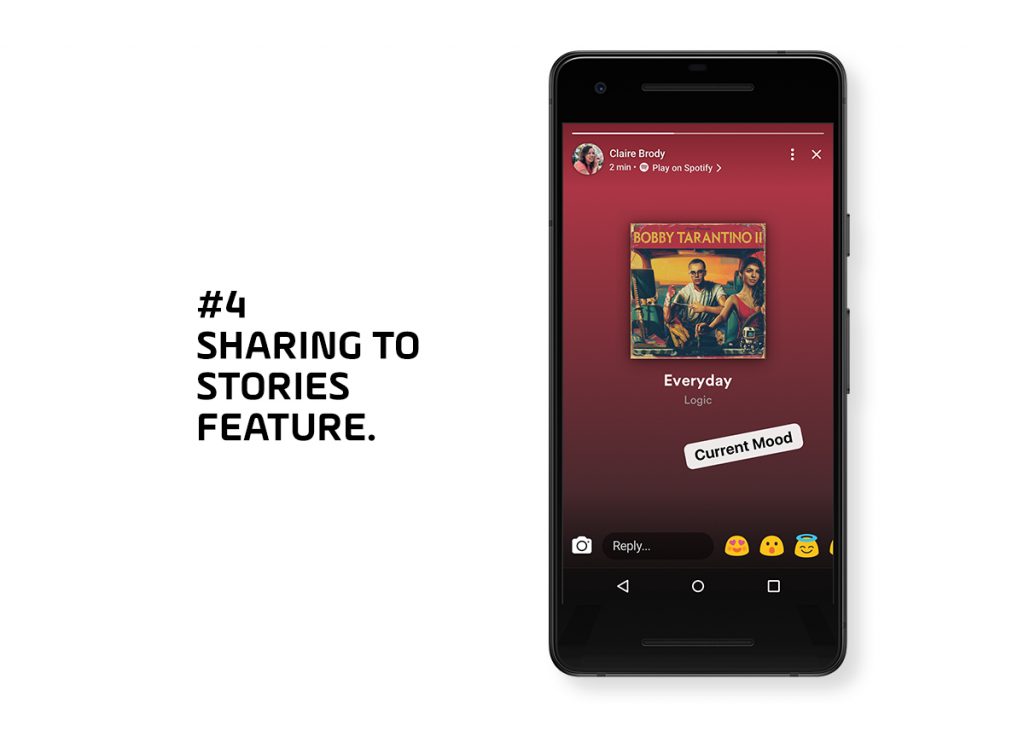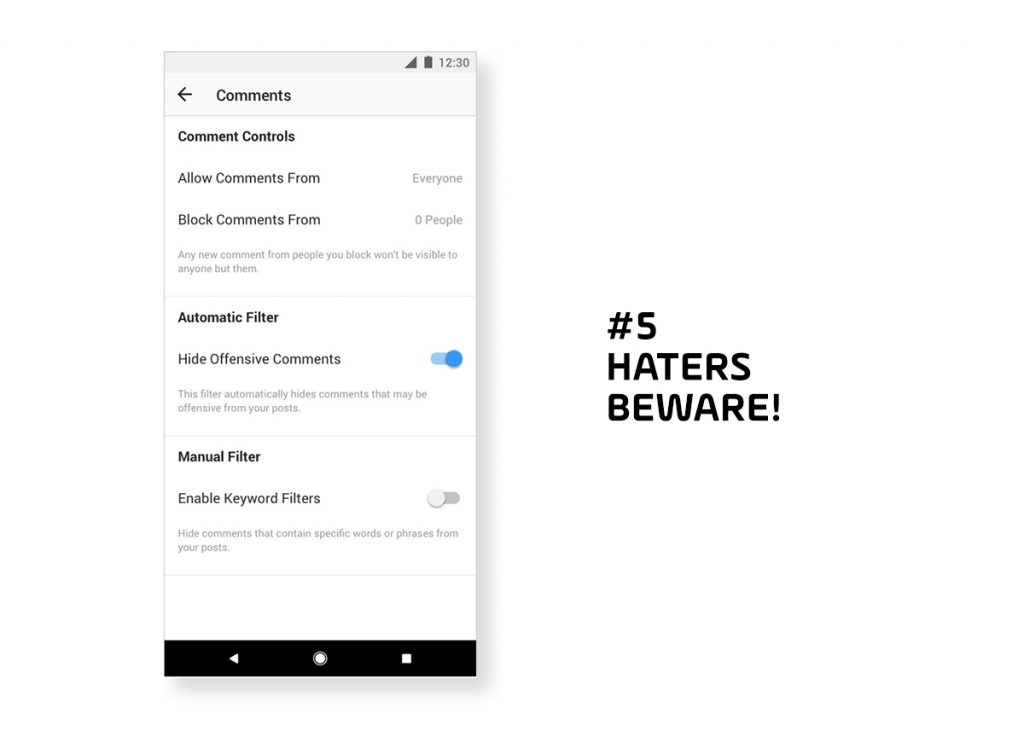Let's be honest; SEO is challenging. From link building to on-page and technical SEO, you have to get the fundamentals of SEO perfect to see any results. However, there are some SEO low hanging fruit that you can implement yourself – in just an hour.
One area to pay extra-close attention to is Google My Business. Without a well-optimized GMB listing, your chances of appearing in Google features, like the Local Pack and Maps are going to be slim to none.
One local SEO tool that has proven to be one of the most useful, when used properly, is Google My Business (GMB). GMB provides owners insights to their business. It also helps consumers looking for a company in a particular field. Finally, it provides potential customers with all of the necessary information that will help bring them into your business. However, with local SEO also being one of the most rapidly growing industries, it can hurt your business just as much as it can help, if it's not used properly. Today, we’re going to go over the top five best ways to utilize GMB, to ensure you maximize the impact of your local SEO:
1) Updating Info is Key
This seems like common sense, but nothing can screw your business over more, than having the wrong info on there. Whenever setting up a GMB account, make sure you fill in as much info as possible and making sure everything is correct. Now, when I say make sure everything is correct, I mean everything. So, put in the basics like address, phone number and hours of operation. After that, it is critical that all the information across your platforms is uniform. Google is very specific in their algorithm, so everything has to match exactly. If you have your address as 91 Tycos Dr. on your GMB page, but your website says 91 Tycos Drive, you need to change the website so it matches GMB. Even more so, if your GMB page says Tycos Dr., but your website just says Tycos Dr, make sure you add the period.
If you’ve done this correctly, all your accurate business details should be in your profile. Make sure you have uploaded multiple photos to make your business look vibrant and engaging, and now you’re ready for consumers to see your business!
2) Utilize to Maximize
GMB offers a wide range of features in order to help you maximize your business, some of which have just been added within the last few months. Many owners are either unaware of these features, or are not utilizing them to their full potential. One example of this is Google Reviews. Some people may not see value in asking for a review, which is an obvious pitfall. However, some may recognize the importance of a review, and ask for one, but take no action after receiving one. It’s always important to reply to your customer, as it shows that you are attentive and care about your customers.
With that said, you should only use the options that fit your business. For example, GMB allows you to add a service menu so consumers can see all the options before arriving. Naturally, this would apply to restaurants, or establishments that have multiple pricing options; such as a hairdresser or electrician. However, someone running a dog walking business should probably skip having a menu (unless they offer special rates for Labradors vs Pugs).
Here is a list of some of the newest and most influential features available through GMB:
Google Website Builder
Direct Messaging
Business Description
Business Posts with a Call to Action
Booking Button
Having a good understanding of all of these tools will go a long way when managing local SEO. When thinking about local SEO, always remember, it’s easy to do, but it’s hard to do well.
3) Ranking:
Once you’ve built your GMB page, you’re done right? NOPE. there's so much more you can do. One of the next major things you'll want to focus on is your ranking. Ranking determines how quickly you appear on Google when consumers are searching your industry. It’s one thing to present well when someone Googles you. However, it’s an entirely different beast when you want to be found when someone is doing a general search.
So, now the big question: How do you get a high ranking?
One way to help achieve this, is to recognize three major factors of local SEO: GMB Optimization, Citation Building, and Page Content.
GMB Optimization refers to taking your GMB page, utilizing all the tools that we previously mentioned, and going even further – beyond what the average business would think of. In essence, you’re trying to give Google as many reasons as possible to see your page and populate it to as many people as possible. There are three great ways to do this. The first is to select multiple categories for your business on the GMB dashboard, so that your business appears in multiple searches. The second is to add Geo-tagged photos to your GMB page so that your proximity becomes more apparent to Google. This pushes you to the top of the searches in the Geo-tagged areas. The third is reviews, as having multiple five star reviews can help push your page to the top of organic searches.
Citations refer to anywhere online that refers to your NAP (Name, address, phone number). Going back to discussing previously, about having your website and GMB page containing exactly the same contact info. This must be the case across any page that has your NAP in order to maximize your ranking. There are tools online for checking this; such as moz.com.
Finally, we have Page Content. This is exactly what it sounds like - the stuff on your website. The content that generates the higher ranking for Google is anything that aligns with your GMB page. By doing this, you confirm to Google that your website and your GMB page are aligned with each other; essentially verifying the content. This can include your NAP, hours of operation, or key words referring to your business category.
4) Insights
GMB offers a fantastic resource that dives into your business' analytics, called 'Insights'. They are incredibly helpful and can show you where changes need to be made in your local SEO and how to do it. Firstly, it shows you what actions consumers took in relation to your business. Such as visits to your site, phone calls, and direction requests. Secondly, they offer subjective attributes in order to get a sense of how your business is perceived. Thirdly, and possibly the most important one, is the analytics comparing your business to competitors. Insights will analyze your business, and compare aspects such as photo quantity, and advise where you need to take action. Data like this can prove critical to businesses, as it acknowledges the strengths of your business, helps identify gaps to plug, and ultimately helps take your business to the next level.
5) The Power of Reviews
With the ability to essentially look up anything online, very few decisions are made these days without looking at an online review first. As a result, reviews have become one of the most influential things in business. However, as mentioned before; Google reviews have additional influence, as they can affect your local SEO ranking. The tricky part here is that there is an art and a science to getting reviews.
Naturally, consumers are going to gravitate towards a business that has a higher star ranking than its competitors. However, in the case of two rival businesses that have a similar star rating, consumers will more likely gravitate to the one with more reviews, as that can serve as a tiebreaker. We’ve touched on replying to your reviews through GMB, but the question is, how do you get reviews?
The first step is make it as easy as possible.
When trying to generate reviews, you want to remove as many hurdles as you can; the harder it is for someone to leave a review, the less likely they are to do it. The easiest way to do this is to use a site like whitespark.com, which will generate a custom link for you. This link will take anyone who types it directly, into a page where you can leave a review for your business. It is recommended that you only share this link with consumers who you know have had a positive experience with you, as opposed to embedding the link on your website and leaving it available to everyone.
The second step is understanding how to ask for reviews.
There is a psychology to asking customers for a review, as some people may view it as an imposition. The good news is that there are two great tricks to asking for a review that have a high success rate. The first one is to give a reason as to why the review is important. Studies show that giving a reason, in addition to a request will increase your chances of success dramatically. Even a reason as simple as “it would really help us”, could make all the difference. The second trick is to ask for a review right after the customer has given you a compliment. By doing this, you are putting yourself in the best position for a yes, as they are clearly in a positive frame of mind about you and your business.
The reality is, asking for reviews can feel very awkward. Some people are naturally great at it, others need to learn to do it. The fact of the matter is that asking for reviews can be critical to any business’ growth, so once you’ve mastered this skill; the sky's the limit.
We’ve covered a lot here. If you’ve read this whole thing kudos to you! For real. In this industry, we have many tools at our disposal in order to help our clients succeed. They come to us because they recognize our talent and they want to utilize that in order to help their business grow. As a result, it’s on us as advertisers to have a rock solid understanding of these tools, in order to not only deliver incredible client service, but to help them recognize other avenues that they haven’t explored yet. This is just the tip of the iceberg, but the good news is, that when you go to a restaurant, they always say a good tip is 18%.

